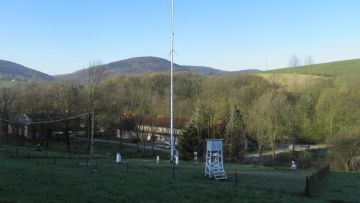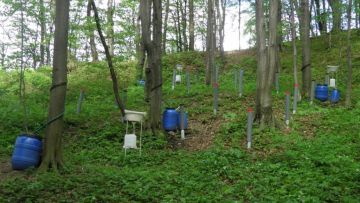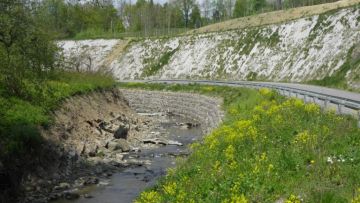Department of Geoenvironmental Research
FIELD STATIONS - SZYMBARK
Research profile
Natural Environment Monitoring in the flysch Carpathians – circulation of water and mineral substances:
1. Surface runoff and soil washing in the slope experimental plots. The research is carried out in a twofold way:
- in the three fenced experimental plots utilized as a meadow – all 6m wide and, successively, 40m, 80m and 120m long,
- in the five fenced experimental plots – all 2m wide and, successively, 2m, 4m, 8m, 16m and 32m long, that are utlized as the so-called “black wasteland”. At the end of each of the experimental plots there is a collecting drainpipe and a tank equipped with limnigraph.
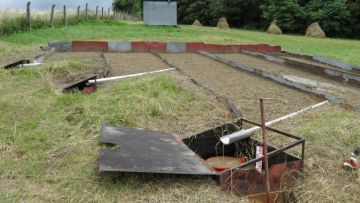
2. Subsurface runoff in a 1-meter deep soil layer: size, intensity and chemical composition of runoff water. The plot is 10m in width and 180m in length, at the end there is a plastic shield and a tank with limnigraph.
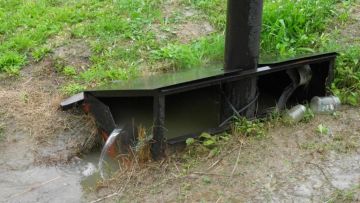
3. Dynamics of underground water on the experimental slope – sites with piezometers, consecutively, 50cm, 100cm, 150cm and 200cm in depth situated in the central and lower part of slope.
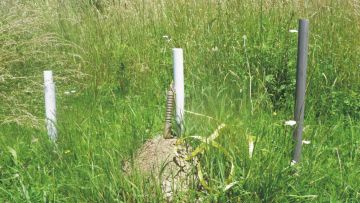
4. Dynamics of soil moisture in soil profile – measurement of soil moisture up to the depth of 70cm by TDR method, in the central and lower part of slope.
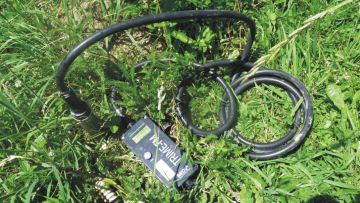
5. The flow of water, suspended and soluble matter from the catchments of Bystrzanka and Ropa rivers. In the water gauge profile enclosing the whole catchment of Bystrzanka (13km2) and Ropa rivers reaching up to the Szymbark water gauge (297km2), constant or quasi-constant hydrological (level and flow of water) and hydrochemical (determination of ion concentration and suspended mineral matter) measurements are conducted.
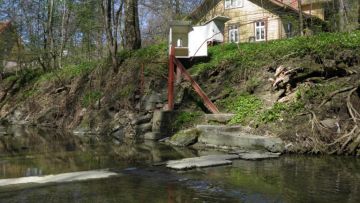
8. Mapping of landslides – registration and inventory of current landslide occurrences in the area of Szymbark.
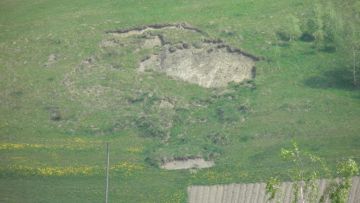
All the measurements are correlated with meteorological conditions, determined on the basis of ongoing diurnal observations (three times a day) and on the basis of results obtained during continuous record of data – these being collected by the MILOS 500 automatic research station. Samples of water are subjected to laboratory analysis of physico-chemical properties.
